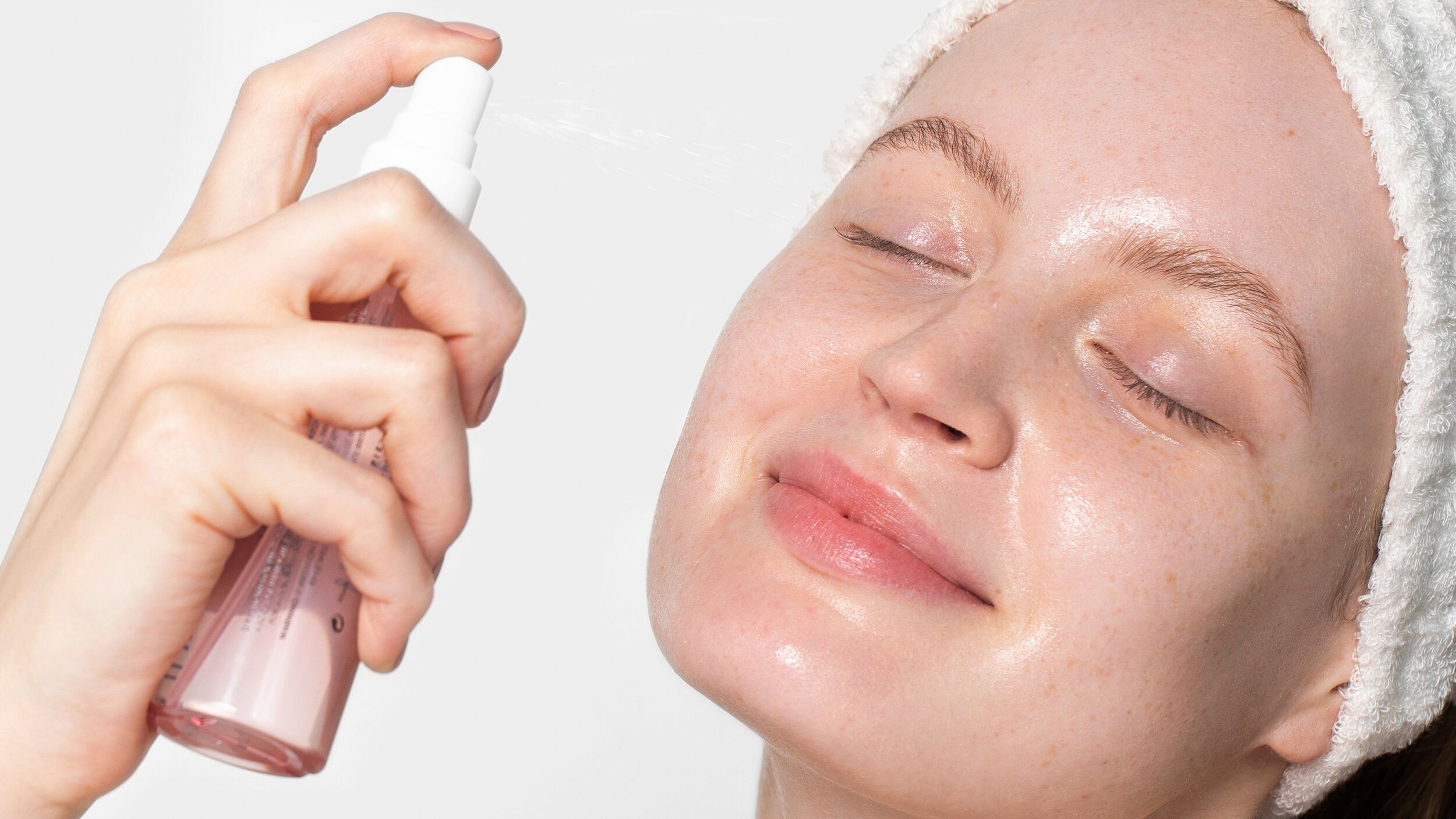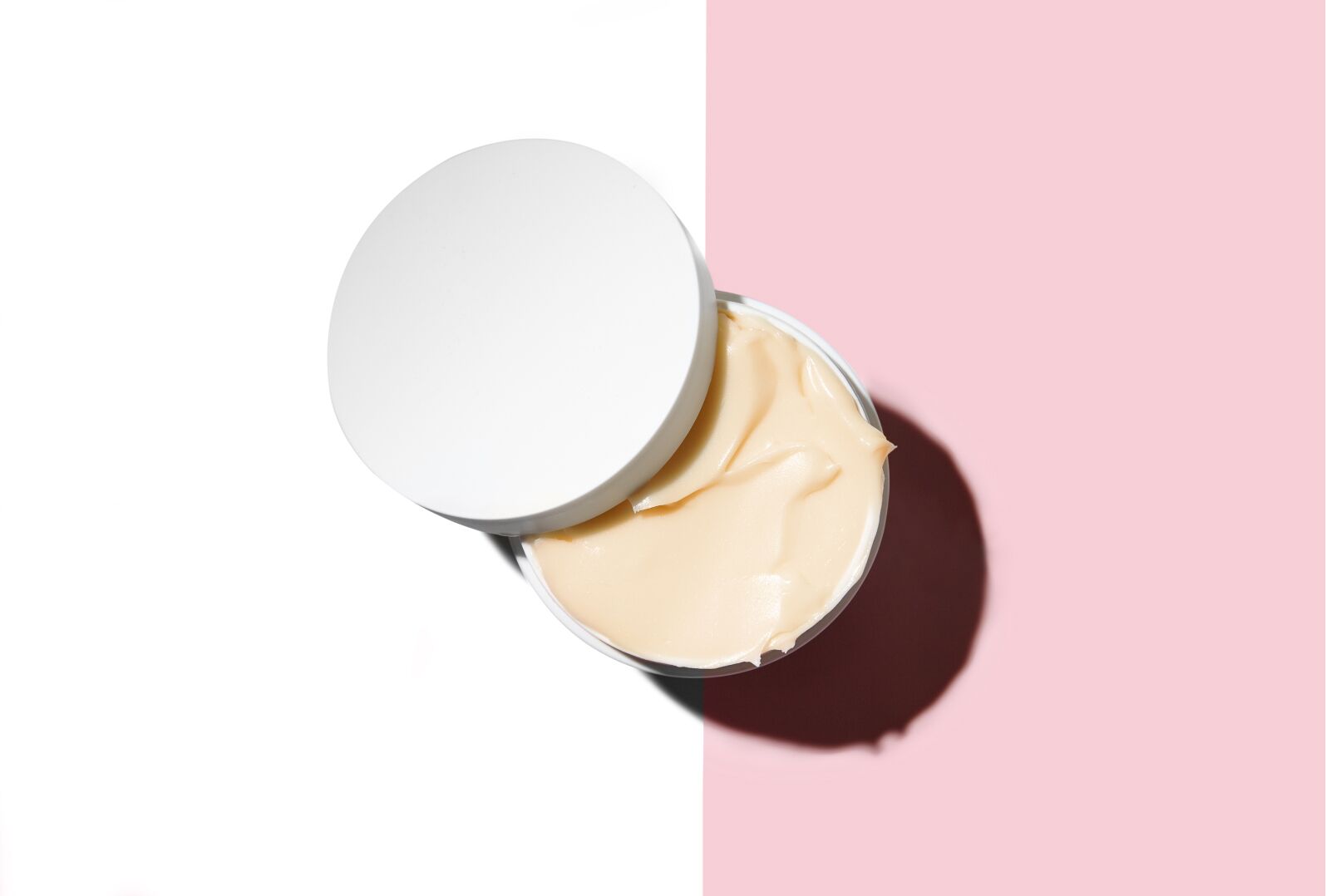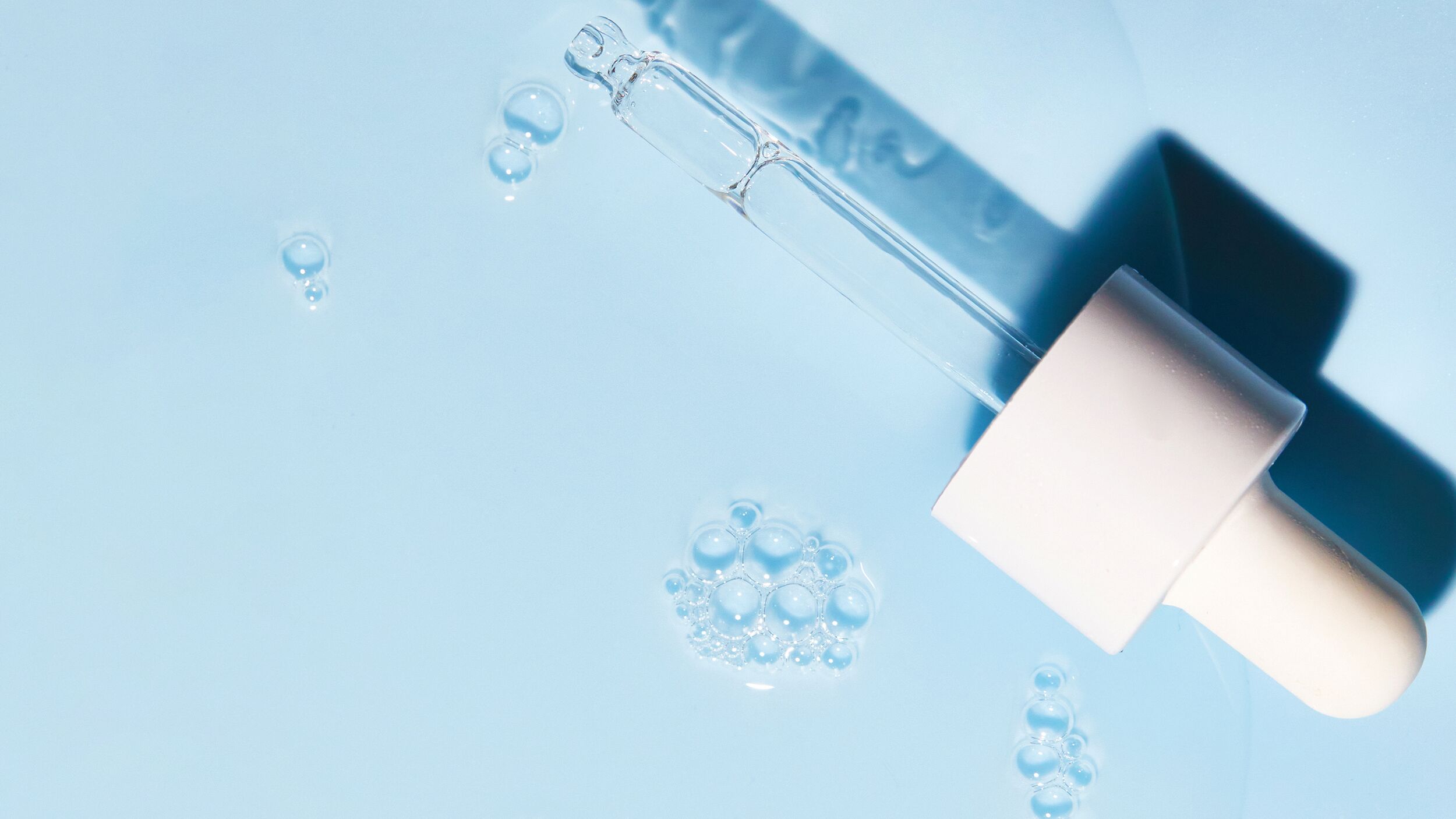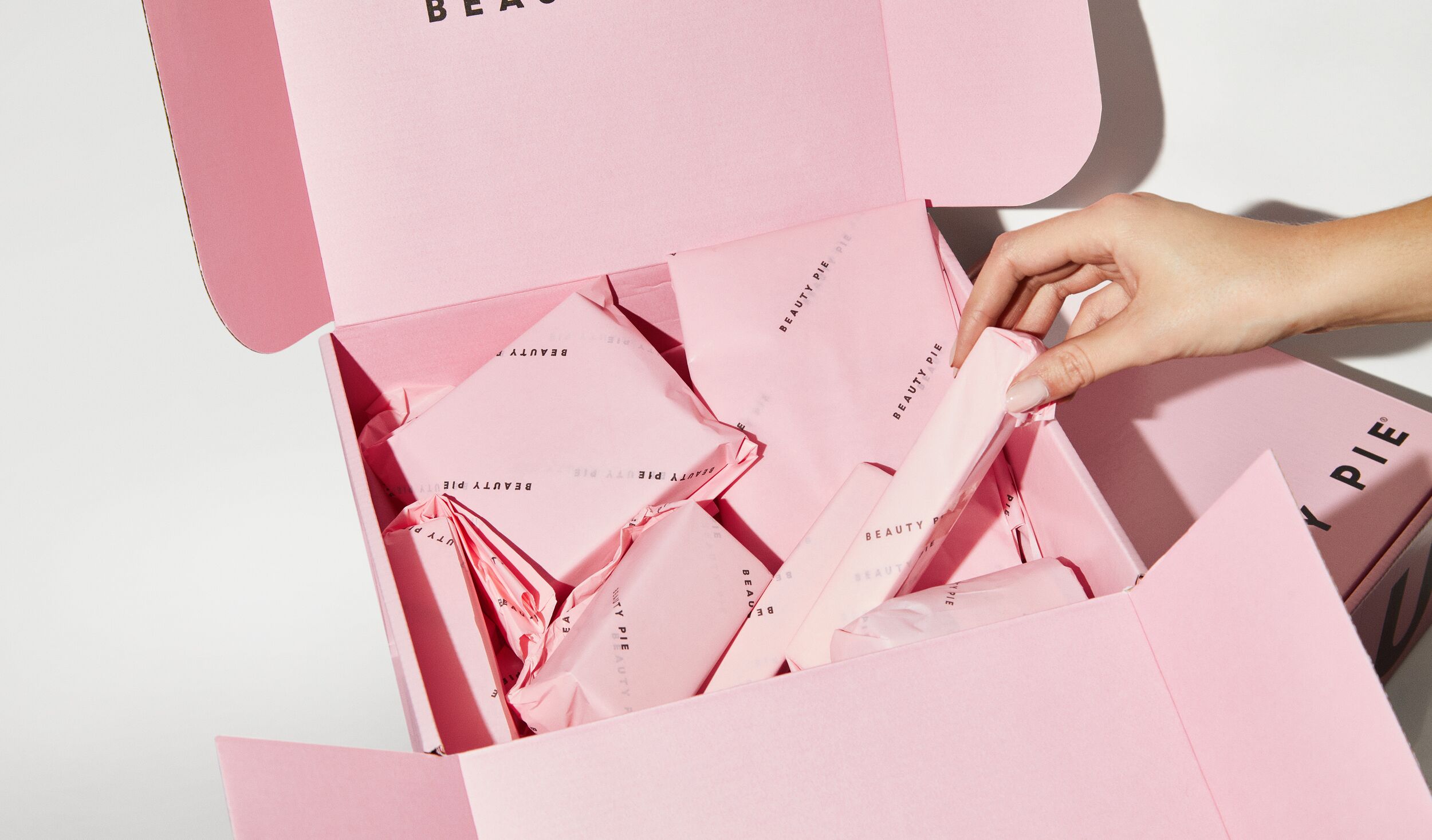
It’s a time when you’re paying extra attention to what you put in - and on - your body. But it’s also a time when your hormones can be all over the place, and that can have a knock-on effect on how you look and feel. We’ve put together a guide to the best skincare routine when you’re pregnant and breastfeeding. Here’s what you need to know.
Why might your skincare routine have to change during pregnancy or breastfeeding?
There are a lot of changes when you’re pregnant, and It’s not just due to an expanding stomach and a ban on soft cheese. Pregnancy has the potential to change the way in which your skin looks and feels: some people might be lucky enough to experience the much-spoken-about pregnancy glow, while others find that their skin starts acting out. Breakouts, hyperpigmentation, and dryness are some of the most common skin concerns during pregnancy, alongside stretch marks. Some may clear up, or become more apparent during different trimesters, and can stick around when you’re postpartum too.
And actually, even if you do manage to swerve any adverse effects on your skin during pregnancy or when breastfeeding, you still might still need to change your routine. Not all ingredients are safe or recommended for use during pregnancy, and we’ve compiled a list of the key ones to make things easy.
Breakouts, hyperpigmentation, and dryness are some of the most common skin concerns during pregnancy, alongside stretch marks.
Which skincare products should you avoid when pregnant?
The following skincare ingredients are best avoided when you’re expecting:
Retinol and retinoids: Retinoic acid is known to impact the health of foetuses, which is why prescription strength doses are dispensed alongside birth control. It isn’t completely clear whether lower doses (the kind found in skincare) could have similar risks, so always best to err on the side of caution.
Salicylic acid: While lower dose Salicylic acid products are considered safe, high concentrations of salicylic acid (over 2%) are not recommended for use in pregnancy, and taking Salicylic acid orally is not recommended either. Doctors also recommend using daily SPF if you’re using BHAs, too.
Alpha-arbutin: Skin-lightening creams that contain hydroquinone aren’t recommended during pregnancy, and neither is alpha-arbutin which breaks down into this ingredient on contact with the skin.
Benzoyl peroxide: The jury is still out, but for safety benzoyl peroxide (used as a high-dose treatment for breakouts) is best avoided when expecting.
The good news is that most of these no-go ingredients are either high-strength or prescription only, so removing them from your routine shouldn’t be too tricky.
What about skincare when breastfeeding?
Once you’ve had your baby, all those hormones that surged during pregnancy start to deplete. This - hopefully - means that pregnancy concerns like breakouts and excessive dryness start to subside, but teamed with a likely lack of sleep, this depletion can instead leave skin feeling tired and lacklustre. To support the skin as it transitions, it’s a good idea to double down on soothing and hydrating ingredients.
As for ingredients to avoid when breastfeeding, the experts are divided. Some believe that it’s fine to re-introduce ingredients like retinoids at this point as, unless you’re applying directly to the nipple, your baby won’t come into contact with them. Others disagree and say that the ingredients listed above (retinoids, high-strength salicylic acid, alpha-arbutin, and benzoyl peroxide) should stay off the menu until you have finished breastfeeding.
To support the skin as it transitions, it’s a good idea to double down on soothing and hydrating ingredients.

Common skincare issues you may have when pregnant or breastfeeding (and how to treat them)
The following skincare issues are the most commonly experienced during pregnancy:
Hyperpigmentation
Surging hormones can trigger hyperpigmentation during pregnancy, creating areas of darker skin. The most common type to experience at this time is melasma (also known as pregnancy mask) where large areas of hyperpigmentation (much bigger than freckles or age spots) appear. It normally pops up on the forehead, chin, or cheeks.
Melasma happens when the melanocytes (the skin cells responsible for making melanin, the pigment that gives our skin its colour) start to malfunction. Instead of making the same amount of melanin they do usually, they make way more, which creates these darker areas of skin.
How to treat hyperpigmentation when pregnant or breastfeeding:
Wear a good SPF: Prevention is always better than cure, especially as melasma is famously tricky to shift. We can’t remove surging hormones from the equation, but you can limit your skin’s exposure to the sun – which causes damage to the melanocytes. Wearing a dedicated sunscreen that has an SPF of at least 30 and shields from UVA and UVB rays, as well as doing sensible things like wearing a wide-brimmed hat and avoiding the hottest hours of the day (12pm until 2pm), will also shield your skin.
Support it with antioxidants: Hyperpigmentation can also be caused by external stressors like pollution and cigarette smoke, but this damage can be minimised by applying an antioxidant during the day. The most commonly used antioxidants in skincare are Vitamins C and E, and they also work to enhance and support your SPF.
Try an AHA: Alpha-hydroxy acids help to exfoliate away old cells from the top layers of your skin, which means they can make a difference to the appearance of existing hyperpigmentation like melasma. Consistency is key to seeing results.
Breakouts
There are three times in life when your hormones are likely to be most unbalanced: during your teenage years, when pregnant, and during menopause. As hormones run wild when you’re expecting, they can bring with them an influx of oil in the skin which then leads to breakouts. If you are currently using prescription strength treatments for spots, speak to your doctor to make sure they are happy for you to continue during pregnancy.
How to treat breakouts when pregnant or breastfeeding:
Be sure to double cleanse: Pregnancy can be exhausting, sending your skincare routine way down your to-do list. But if you can muster the energy, double cleansing is a great way to start your routine. The first cleanse is there to melt away makeup, SPF, and any impurities your skin has collected during the day, and the second is there to give your pores a proper clear-out. Starting and ending the day with satisfyingly clean skin will help keep breakouts at bay.
Swap BHAs for AHAs: The key difference between alpha and beta-hydroxy acids is that the former is water soluble, and the second is oil soluble, which is why it’s normally a BHA that’s recommended for blemishes. But as high percentages of salicylic acid are off the cards during pregnancy, why not swap it for an AHA? This will whisk away dead skin cells from the surface of your skin, meaning they’re not able to combine with the excess oil in your skin to clog pores.
Try pimple patches: We know it’s tempting, but the more you squeeze or pick at your spots, the longer they’ll stick around – and the more likely they are to leave behind marks. Using a pimple patch will not only deliver targeted ingredients onto the blemish but will also create a physical barrier to stop you from playing with it.
Stretch marks
Stretch marks look like speckled streaks across the skin and can be brown, black, silver, pink or red. In some cases, they may start as a deeper colour and fade to a lighter one over time. They occur when the skin is stretched, which is why they are common during pregnancy. There’s little rhyme or reason as to one person may experience stretch marks while another doesn’t, as much of it is down to genetics.
How to treat stretch marks when pregnant or breastfeeding:
Invest in an oil or cream: Anecdotally, many women swear by slathering the rich creams and oils to the skin on and around their stomach to ward off stretch marks when they’re expecting. But frustratingly, there’s little evidence that this works. That being said, taking time out to massage your bump and give your body some TLC is never going to be time wasted.
Try Hyaluronic Acid: To make a dramatic difference to the appearance of stretch marks experts tend to recommend laser treatment, microdermabrasion, or retinoids – all of which are off the table in this area during pregnancy. One thing you could try is hyaluronic acid, which will keep the area supple and hydrated, which in theory should make it less prone to marking as it expands.

Dry, itchy skin
Our skin is at the bottom of the body’s pecking order anyway, but when you’re pregnant, it diverts more supplies of moisture toward your bump. This, teamed with the fact that your skin is expanding at a relatively rapid rate, can cause the skin to feel dry, rough, and itchy – especially on your stomach or lips. It’s worth noting that dry skin is characterised by a lack of oil in the skin, and is different from dehydrated skin, which is lacking in water.
How to treat dry, itchy skin when pregnant or breastfeeding:
Replenish missing oil: As your skin’s stocks of oil are low, it makes sense to top them up with topical products. Good face and body oils are both emollient and occlusive, which means they will not only add moisture to the skin but creates a barrier that seals it in.
Lock in moisture: To go even further towards locking in that precious moisture, top oils with a cream. Ceramides, fatty acids, and cholesterol are the ingredients to look out for here, as all of them work like mortar to seal any gaps in the skin that moisture can escape through.
Add a lip balm: If you’re not already using one, introducing a lip balm will help to nourish dry, cracked lips. Wear during the day as a barrier against things like cold weather, and overnight, so your skin has a chance to repair while you snooze.
Consider lifestyle factors too: Wearing loose clothing made from natural fibres and bathing and showering in lukewarm, not hot, water will also help to alleviate itchiness and dryness.
Rosacea
Blood flow to the skin increases during pregnancy, which can make the skin feel warmer and look more flushed than it does normally. For most, this is fine and forms part of that coveted pregnancy glow. But, if you already have rosacea, it can exacerbate the problem. Rosacea causes the skin to look red and feel like it’s burning. The severity can vary from person to person and it normally starts to show around the age of 30. In many cases rosacea can be managed using prescription products, so check in with your doctor to ensure these are safe to continue using during pregnancy.
How to treat rosacea when pregnant or breastfeeding:
Be mindful of your triggers: A good place to start when trying to minimise rosacea flare-ups is to keep a diary of what causes them. Redness in the skin can be caused by everything from sun exposure to exercise and from spicy foods to cold weather. Knowing what causes discomfort in your skin will help you to understand what to steer clear of.
Keep your skincare simple: Another thing that can drive rosacea is using the wrong skincare or overwhelming the skin with lots of different products. If your skin is in a pickle, strip your routine back to the basics of a good cleanser, moisturizer, and SPF. Once calm is restored, you can consider slowly re-introducing other products one by one.
Use calming ingredients: Our skin’s key function is as a barrier, working to keep important things like moisture in, and bad things, like pollution out. As a lack of moisture and pollution will make rosacea-prone skin worse, it makes sense to dedicate time to protecting and enhancing that barrier. Lipids like ceramides help re-seal any cracks in the barrier, while probiotics can help to keep your good bacterial defenses happy.
If you need further help picking out specific products, read our curated list of Beauty Pie products for pregnant or breastfeeding women.


